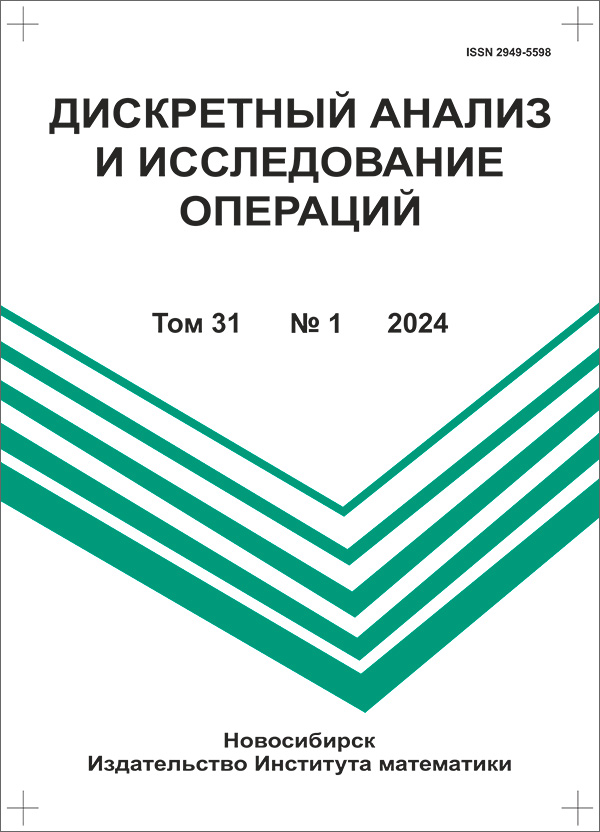|
A bilevel “Attacker–Defender” model to choosing the composition of attack means
V. L. Beresnevab, A. A. Melnikovab
a Sobolev Institute of Mathematics, 4 Acad. Koptyug Avenue, 630090, Novosibirsk, Russia
b Novosibirsk State University, 2 Pirogov Street, 630090, Novosibirsk, Russia
Abstract:
We consider a bilevel model of estimating the costs of the attacking party (the Attacker) for a successful attack of a given set of objects protected by the other party (the Defender). The Attacker and the Defender have multiple means to, correspondingly, attack and protect the objects, and the Attacker's costs depend on the Defender's means of protection. The model under consideration is based on the Stackelberg game, where the Attacker aims to successfully attack the objects with the least costs, while the Defender maximizes the Attacker's losses committing some limited budget. Formally, the “Attacker–Defender” model can be written as a bilevel mixed-integer program. The particularity of the problem is that the feasibility of the upper-level solution depends on all lower-level optimal solutions. To compute an optimal solution of the bilevel problem under study, we suggest some algorithm that splits the feasible region of the problem into subsets and reducing the problem to a sequence of bilevel subproblems. Specificity of feasible regions of these subproblems allows us to reduce them to common mixed-integer programming problems of two types. Bibliogr. 14.
Keywords:
partition of the feasible region, bilevel subproblem, optimality condition.
Received: 10.06.2019
Revised: 30.07.2019
Accepted: 28.08.2019
Citation:
V. L. Beresnev, A. A. Melnikov, “A bilevel “Attacker–Defender” model to choosing the composition of attack means”, Diskretn. Anal. Issled. Oper., 26:4 (2019), 16–33
Linking options:
https://www.mathnet.ru/eng/da935 https://www.mathnet.ru/eng/da/v26/i4/p16
|

| Statistics & downloads: |
| Abstract page: | 274 | | Full-text PDF : | 137 | | References: | 28 | | First page: | 3 |
|




 Contact us:
Contact us: Terms of Use
Terms of Use
 Registration to the website
Registration to the website Logotypes
Logotypes








 Citation in format
Citation in format 